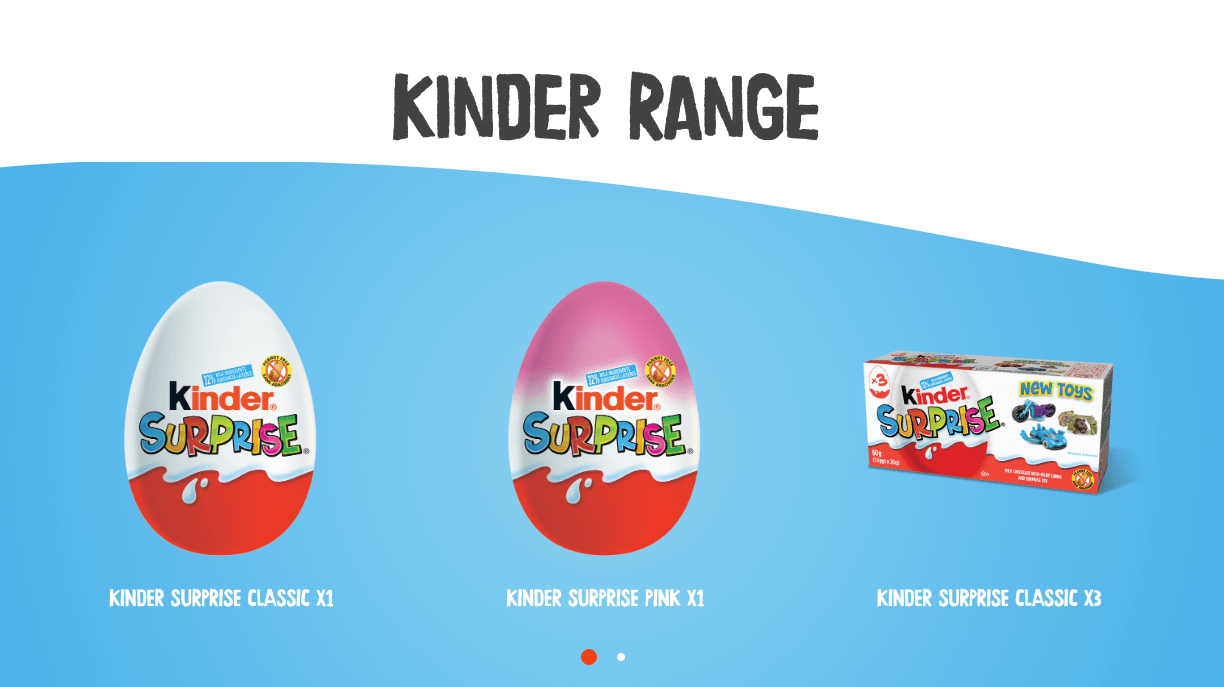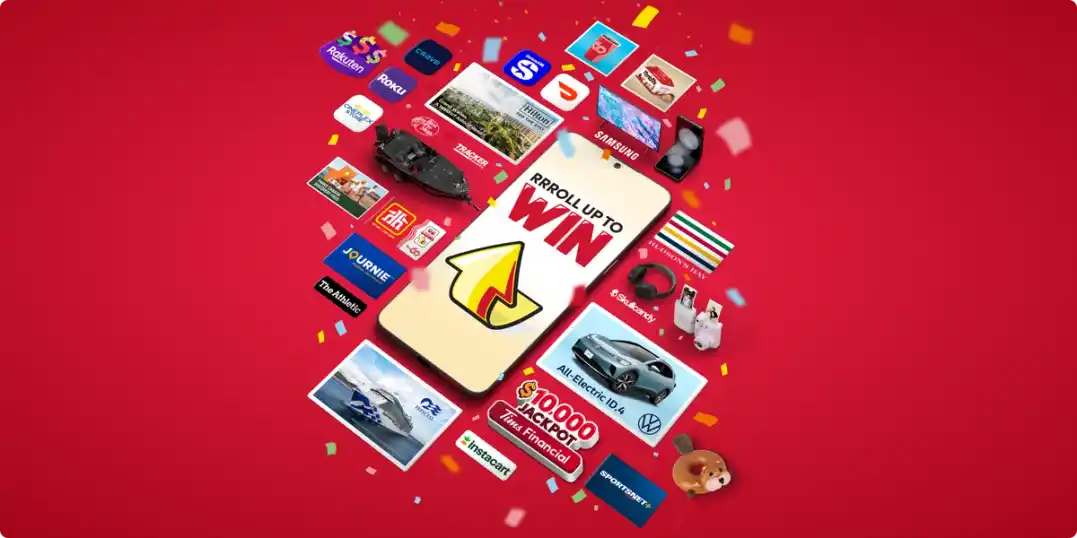In an age of information overload, consumer attention is more divided than ever. CPG brands are constantly searching for new strategies to not only capture attention but to hold it. This brings us to the simple yet powerful tool of gamification. Our 2023 research “Gamification for CPG: The Power of Simple Games and Rewards” demonstrated that integrating simple games and direct rewards into marketing strategies can significantly boost consumer engagement and loyalty.
This blog will delve into these findings, revealing why puzzle-solving and lotteries continue to win the consumer’s heart.
The Allure of Simplicity and Instant Rewards
Our daily lives are complicated, filled with endless consumer choices. In this chaos, simplicity becomes not just appealing but essential. When it comes to branded games, simple, classic games like puzzles and sweepstakes are among the most favored activities by consumers across various demographics. Puzzle-solving, a brain-stimulating activity loved by many, is straightforward and offers immediate mental gratification. Similarly, sweepstakes or other forms of lotteries provide the thrill of chance with minimal effort or commitment.
Why do these activities resonate so deeply? It’s largely due to their inherent nature of offering “instant rewards.” These games meet the modern consumer’s desire for quick and effortless gratification. If brands wish to enhance consumer interactions with their offerings, consider incorporating game elements that are easy to understand and quick to play.
Puzzle-Solving: Engage the Mind to Enhance Retention and Loyalty
Puzzle-solving stands out not only for its simplicity but also for its timeless, universal appeal. From crossword puzzles to Sudoku, the attraction cuts across all age groups and demographics, with Wordle being an example. These games encourage deeper cognitive engagement, prompting users to think, strategize, and solve, as echoed by the “SOLVE: Puzzle Design Exhibit” by the Design Museum of Chicago. According to the exhibit, as human beings explore and understand the world, our instincts lead us to observe our surroundings, spot patterns, adapt our thinking, and solve problems. This inspires the creation of puzzles that challenge us to see the world in new ways. By adopting puzzle-solving elements, marketers may not only increase the time consumers spend interacting with the brand but also build a subconscious connection between the fascinating challenge and its offering.
Moreover, our research illustrates that integrating puzzle-solving into product promotions or packaging designs can lead to increased customer satisfaction, repeat purchases, and brand advocacy. This game mechanic appeals to the consumer’s desire for intellectual achievement, making them more likely to engage with and appreciate the brand.
Lottery: The Thrill of Luck and Possibility
On the flip side of puzzle-solving’s cognitive appeal is the sheer randomness of the lottery. The charm of sweepstakes lies in their ability to provide a thrill from the possibility of winning something with minimal input. This type of game taps into the universal appeal of “luck” and “fortune,” making it highly attractive to a broad audience. Think of the fortune cookie you got from a Chinese restaurant. It’s a less demanding form of engagement that fosters significant customer interaction. Almost no one can resist cracking open the cookie to see what it tells.


Image Source: Shutterstock
Interestingly, the effectiveness of the lottery isn’t just in the allure of big prizes; often, it’s about the frequency and accessibility of smaller, more attainable rewards that keep consumers coming back to “test” how lucky they are. Interestingly, the “test” per se is usually fun enough, even if we lose.
In the CPG world, brands that master the balance between aspirational and achievable rewards can create a powerful draw for their products. Two notable examples of brands leveraging the power of surprise are Roll Up To Win™ by Tim Hortons and KINDER® SURPRISE® by Ferrero.


Image Source: Ferrero
5 Design Principles for Effective CPG Gamification
Drawing from the insights of the research, here are five design principles for brands looking to leverage gamification:
- Keep It Simple: The game should be easy to understand and play. Complicated rules or requirements can deter potential participants.
- Integrate Naturally: Games should feel like a seamless part of the consumer experience, not an added or disconnected obligation. The integration of game elements into the product or packaging itself can enhance the perception of value and enjoyment.
- Focus on Instant Rewards: Consumers prefer rewards that are straightforward and immediately beneficial. Offering direct rewards like discounts, manufacturer coupons, and free samples or full-size products, can enhance participation.
- Utilize Packaging as a Platform: The physical packaging of CPGs presents a valuable opportunity for gamification. Innovative design can turn ordinary packaging into an interactive puzzle, adding an element of fun and surprise to the consumer experience.
- Encourage Sharing and Social Engagement: Design games in a way that prompts users to share their experiences on social media or with friends and family. Curate memorable visual identity and marketing copies including a memorable hashtag. This not only extends the reach of the campaign but also builds community and loyalty around the brand.
Challenges and Considerations
While the benefits are significant, gamification is not without challenges. One major hurdle is ensuring that the games are appealing and relevant to the target demographic. Additionally, companies must ensure that the data collected through these games is handled securely and ethically.
Moreover, the long-term effectiveness of gamification strategies needs to be monitored. It’s crucial for brands to update their game offerings to maintain consumer interest over time. For example, Tim Hortons introduced a “digital roll” as a fresh take on their famous Roll Up To Win™ campaign.


Image Source: Tim Hortons
The Takeaway
Whether through the intellectual challenge of puzzle-solving or the exciting randomness of the lottery, simple and classic games hold a potent appeal that CPG brands can leverage. By integrating these elements into their marketing strategies, brands not only enhance consumer interaction but also foster deeper emotional connections, turning everyday consumers into loyal advocates.

